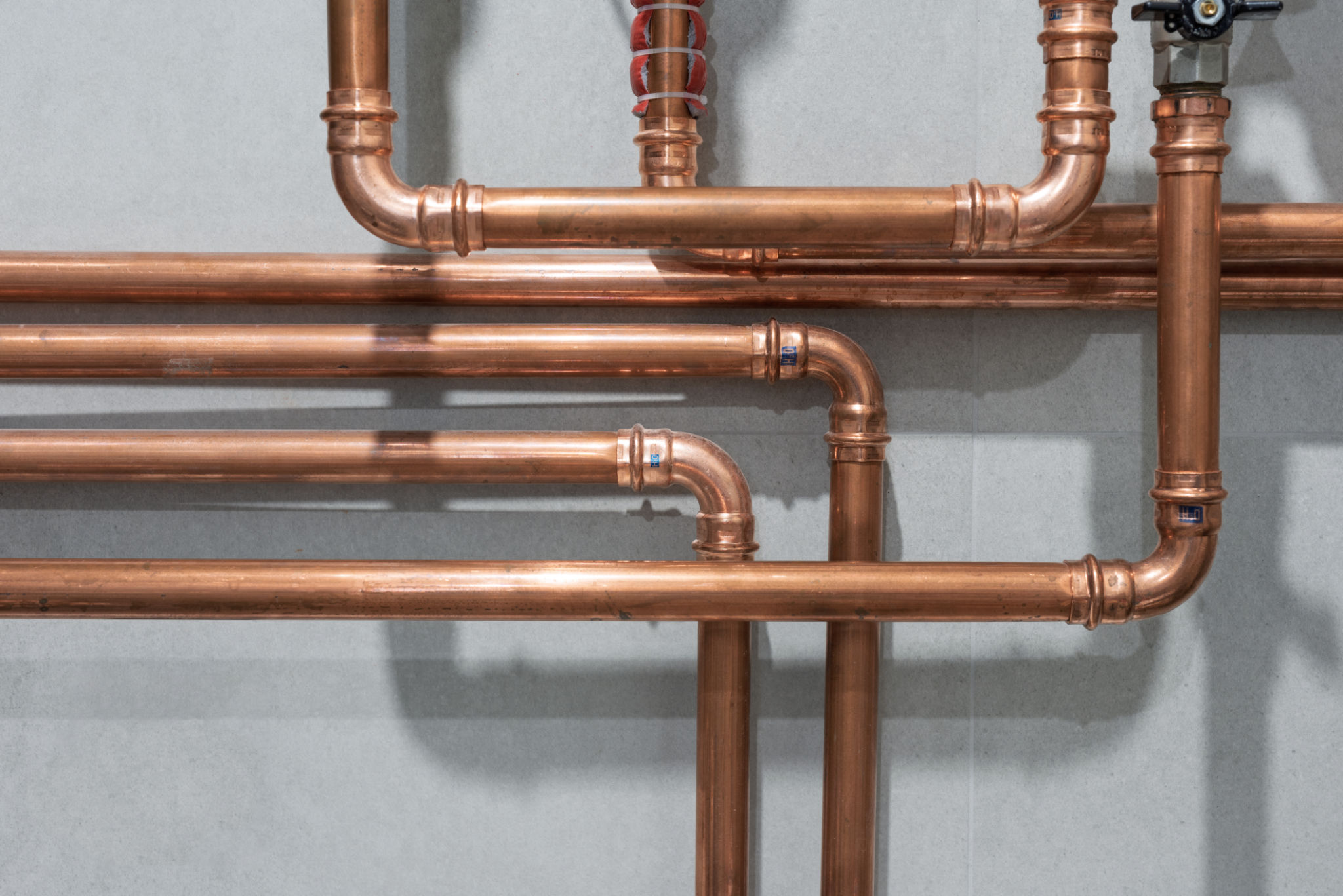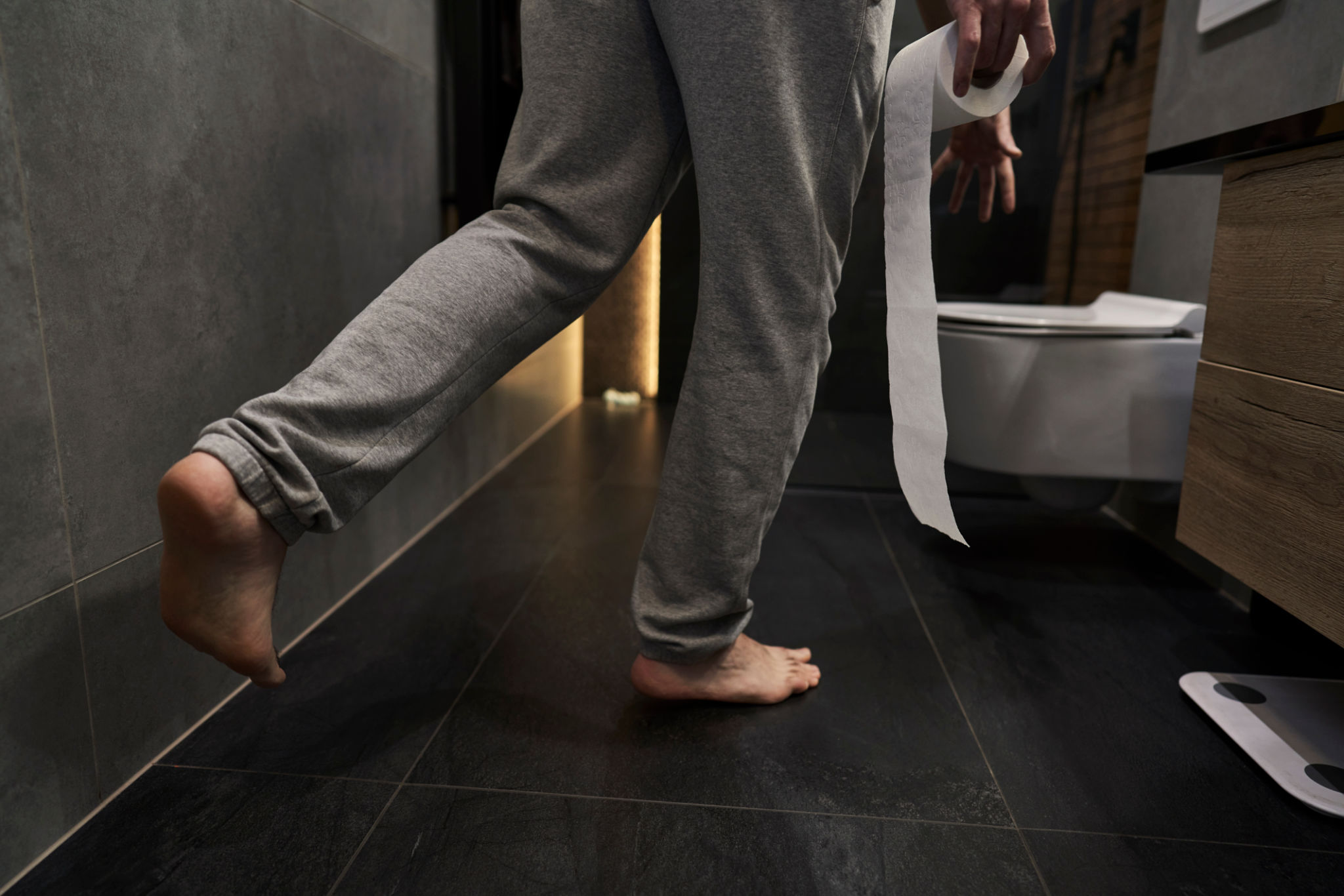DIY Plumbing Fixes for Common Household Issues
Understanding Your Plumbing System
Before diving into any DIY plumbing fixes, it's essential to have a basic understanding of your home's plumbing system. This knowledge can help you identify the root cause of common issues and determine whether you can handle the repairs yourself or if you need to call a professional. Most residential plumbing systems include pipes, fittings, valves, fixtures, and appliances that distribute water and remove waste.

Fixing Leaky Faucets
Leaky faucets are a common household issue that can waste significant amounts of water if not addressed promptly. The constant dripping can be annoying and increase your water bill. In most cases, leaky faucets are due to worn-out washers or O-rings. To fix this issue, turn off the water supply, disassemble the faucet, and replace the faulty components.
If you're unsure about the type of washer or O-ring needed, take the old ones to a local hardware store to find suitable replacements. Once replaced, reassemble the faucet and turn the water supply back on. Test the faucet to ensure the leak is resolved.
Unclogging Drains
Clogged drains are another frequent plumbing issue that can occur in sinks, showers, or bathtubs. Hair, soap scum, grease, and food particles are common culprits. A simple solution for minor clogs is using a plunger to create suction and dislodge the blockage. For more stubborn clogs, a drain snake or auger may be necessary.

For a chemical-free approach, try pouring a mixture of baking soda and vinegar down the drain. Let it sit for about 15 minutes before flushing with hot water. This method can break down organic matter causing the clog.
Repairing Running Toilets
A running toilet can be both irritating and wasteful. Most often, this problem is caused by a faulty flapper valve, which fails to seal properly. To fix this, first remove the tank lid and inspect the flapper. If it's worn or damaged, replace it with a new one, ensuring it fits snugly over the valve seat.
If replacing the flapper doesn't solve the issue, check the float and fill valve for proper operation. Adjusting these components can often stop the toilet from continuously running.

Stopping Water Hammer
Water hammer is a loud banging noise in pipes caused by sudden changes in water flow. To address this issue, check for loose pipes and secure them with brackets or straps if necessary. Additionally, installing water hammer arrestors can absorb shock waves and prevent noise.
If you're uncomfortable making these changes yourself, consult with a professional plumber to ensure your system is safely modified.
When to Call a Professional
While many DIY plumbing fixes are manageable with basic tools and skills, some situations require professional intervention. If you're dealing with persistent leaks, major pipe blockages, or complex system issues, it's best to contact a licensed plumber. They have the expertise and equipment to handle complicated repairs safely and effectively.
Remember, addressing minor plumbing issues promptly can prevent more significant problems down the line. With these DIY solutions, you can tackle common household plumbing issues with confidence.